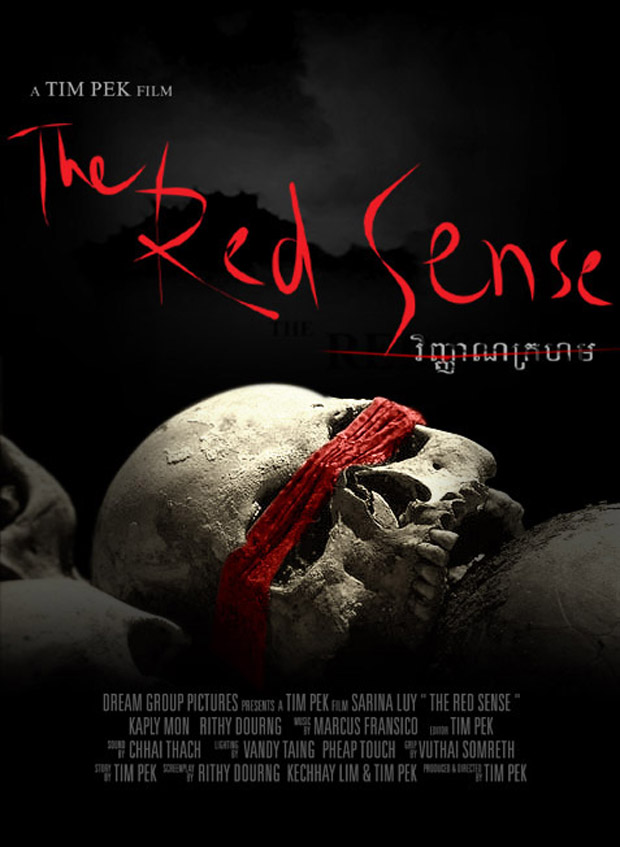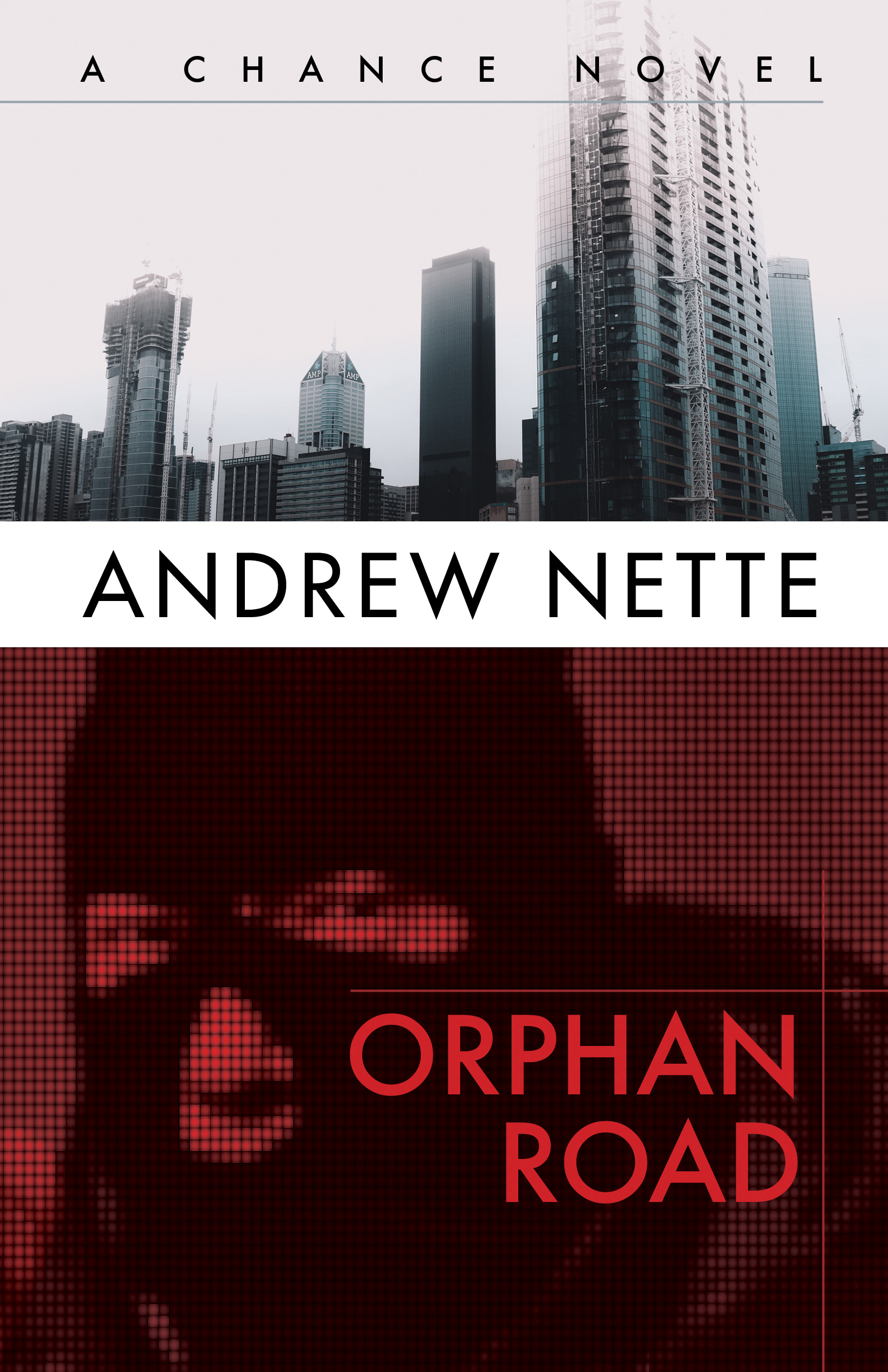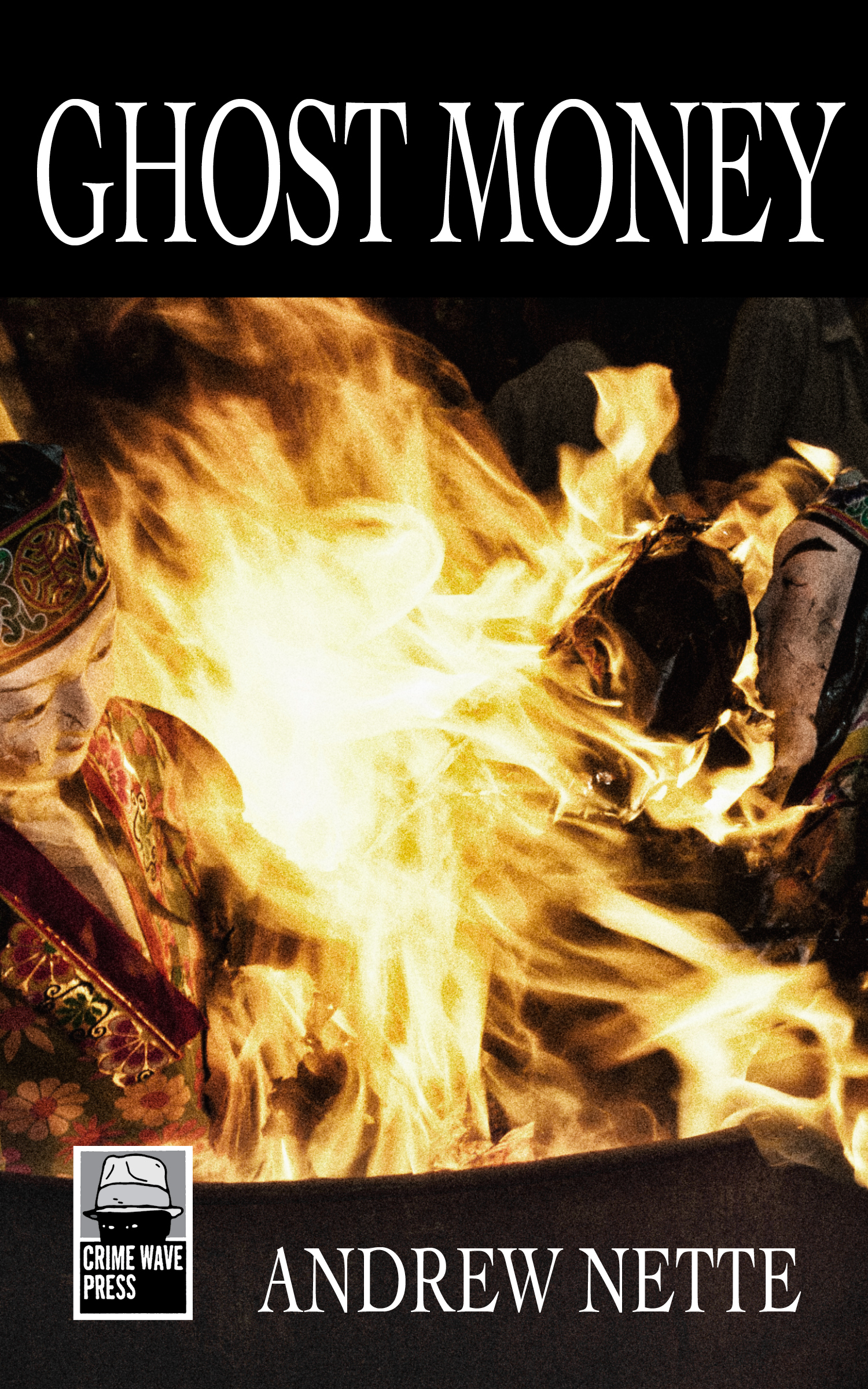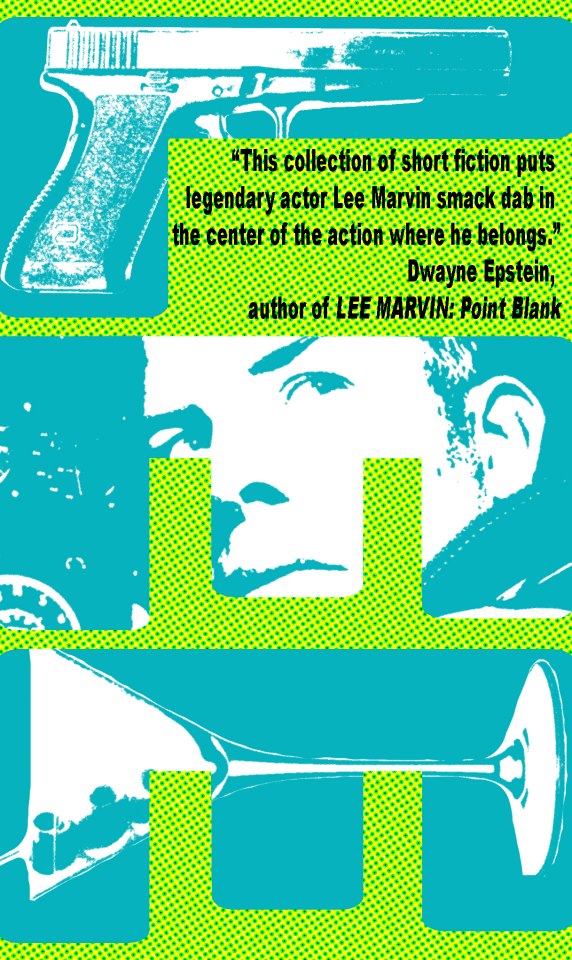The Red Sense is a terrific examination of the ongoing impact on both the victims and perpetrators of the genocide carried out in Cambodia during the short but bloody rule of the Khmer Rouge.
One of the most interesting aspects of the film is that it was made not in Cambodia, but in Melbourne, Australia.
Another is the genre in which director and co-writer Tim Pek chose to examine the sensitive issues concerned, a classic Asian ghost story fused with elements of a thriller.
The story is told through the lens of a young Khmer woman, Melear, who discovers the Khmer Rouge commander responsible for the death of her father is alive and living in Melbourne.
Melear is obsessed by her father’s death, spending her days searching for information about his fate and her nights dreaming about him. The opening scene is her recurring nightmare, set in the northwest of Cambodia in 1975. Two men, one of them Melear’s father, kneel in front of a freshly dug grave before being bludgeoned to death by Khmer Rouge soldiers commanded by a tall, bearded man.
In another house in Melbourne, the Khmer Rouge commander responsible for the death of Melear’s father sits listlessly on a sofa. It is the Pchum Ben festival, a time when the Khmer believe that the spirits of the dead walk the earth and the living ease their suffering by offering them food to eat.
The man, Vann Chen, has been housebound for the last 5 years. So wracked with guilt is he for his role during the Khmer Rouge revolution that he is literally wasting away, haunted by the ghosts of his victims, including one with bloody hands to whom Chen pleads for his life.
Chen’s son, Max (co-writer Rithy Dourng) is also wrestling with the knowledge of what his father has done. He knows his father should pay for his crimes, but is it right he must suffer forever?
Meanwhile, someone is stalking Melear, leaving her little red paper flowers to find. She catches glimpses of a hooded stranger following her, gets a letter and threatening phone calls telling her to cease inquiring into her father’s death “or face the consequences”. Then she is run down and nearly killed by an unknown driver.
Two months later, Melear, having recovered from her injuries, enlists the aid of her boyfriend, Odom, and best female friend, Nicki, to set a trap for whoever tried to kill her.
In terms of production values, The Red Sense is not the most polished piece of film making. No doubt, this is a result of the film’s shoestring production budget. Having said that, the dream sequences are remarkably vivid even if the special effects are basic.
Some of the scenes and accompanying music at times have a slightly soap opera feel to them. But that could just as well be a matter of taste. The film shows Melbourne through a totally Asian aesthetic, something I have never seen before.
These problems aside, there is so much that is good about this film, particularly it’s treatment of the ongoing trauma caused by the violence and upheaval inflicted by the Khmer Rouge, on the victims who experienced it, those who committed the crimes, and the young who strive to comprehend what happened.
Upon taking power in April 1975, the Khmer Rouge closed the country’s border, emptied the major cities at gun point and set about eliminating anyone they suspected of being opposed to their revolution. It was a long list: anyone who worked for the previous government, who was educated or had travelled overseas. Even wearing eye glasses or speaking another language could lead to death. Nearly two million people died of torture, disease, starvation and over work.
The central focus of The Red Sense is not the question of who was responsible for the horrendous crimes committed by the Khmer Rouge. For the most part these people are known and, as the film shows, in many instances they continue to live alongside their victims and their families.
The issue is what is a just response to those who committed crimes, including the balance between retribution and forgiveness?
The Red Sense premiered in Melbourne in early 2008, a year I spent in Cambodia with my family, amongst other things reporting on the international criminal tribunal into the crimes committed by the Khmer Rouge.
That a film like this was made in Melbourne and not Cambodia, is at least partly a product of the parlous state of that country’s film industry, which is only now starting to rebuild after being almost completely obliterated by the Khmer Rouge.
I can’t help but think that it is also a result of the subject matter. It is only just over ten years ago that the last Khmer Rouge guerillas surrendered to Cambodia authorities. The wounds caused by the genocide are still fresh as are the debates about how to deal with its legacy.
Indeed, while all post-1979 Cambodian cinema is informed by the Khmer Rouge, I can’t think of a single film that directly tackles the issues raised by Pek in The Red Sense. The only possible exception is Rithy Pan’s excellent S21: The Khmer Rouge Death Machine in 2003. However, that was a documentary.
There’s only The Red Sense.
Thanks to Tim Pek for providing the author with a copy of his film.





















The Red Sense portrays former Khmer Rouge as tortured by their crimes and suggests empathy and forgiveness should be extended them as well as their victims. It’s a brave film, and I believe it couldn’t have been made any earlier than now, thirty years since the Khmer Rouge were deposed. That said, for some in Cambodia, the wounds may well still be too fresh to even countenance the possibilities that this film raises.
Hi
Interesting.
Where did the cover picture came from?
Thanks
RN